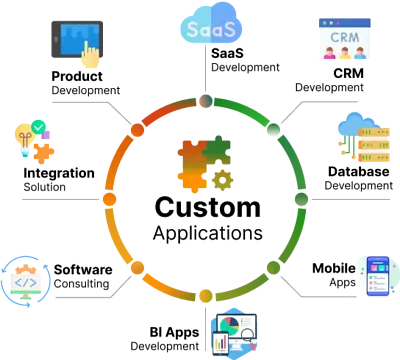WordPress Plugin Performance: Speed Up Your Site Without Sacrificing Features

The Plugin Paradox: How Your Favorite WordPress Tools Can Make or Break Your Site’s Speed .
We’ve all been there. You’re happily building your WordPress website, adding amazing features left and right with the help of handy-dandy plugins. Then, BAM! Your website speed slows to a crawl. Suddenly, you’re stuck in the dreaded plugin paradox: you love the functionality plugins provide, but not at the expense of your site’s performance.
The good news? You don’t have to choose! This blog post dives deep into the world of WordPress plugins, exploring their impact on website speed and, more importantly, how to optimize their use for a lightning-fast site that doesn’t compromise on features.
Why Should You Care About Website Speed?
Before we get our hands dirty, let’s talk about why this matters. In the online world, speed is king (or queen!). Here’s why:
- User Experience: Would you wait ages for a webpage to load? Neither would your visitors. A slow website leads to higher bounce rates and frustrated users.
- SEO: Google considers site speed a crucial ranking factor. A faster site can rank higher in search results, driving more organic traffic.
- Conversions: Studies show that even a one-second delay in page load time can result in a 7% reduction in conversions. Faster websites equal more sales, sign-ups, and happy customers.
How Plugins Impact Your WordPress Website Speed
Think of your WordPress site like a car. The core WordPress installation is your reliable engine, and plugins are like adding cool features – a sunroof, a fancy sound system, maybe even nitrous for a speed boost! But just like in a car, adding too many features can weigh you down.
Here’s how plugins can impact your site’s speed:
- Increased HTTP Requests: Every time your website loads, it makes requests to the server to fetch files like images, scripts (JavaScript), and stylesheets (CSS). Each plugin you install can add more of these files, increasing the number of requests and slowing down your site.
- Heavy Code and Scripts: Some plugins are poorly coded or use resource-intensive scripts, putting a strain on your server and increasing loading times.
- Database Overload: Certain plugins store data in your WordPress database. As the database grows, queries can slow down, negatively affecting overall site performance.
Optimizing Plugin Use: Speed Up Your Site Without Sacrificing Functionality
Don’t worry, we’re not suggesting you ditch all your plugins! Instead, let’s look at how to optimize their use for a happy balance between features and speed:
- Choose Quality Over Quantity:
- Be Selective: Before installing a plugin, ask yourself if it’s absolutely essential for your site’s functionality. If a feature can be achieved with a code snippet or a simpler alternative, opt for that.
- Go for Reputable Plugins: Stick to plugins from reputable developers with good ratings and regular updates. These plugins are more likely to be well-coded and optimized for performance.
2. Clean Up Your Plugin Inventory:
- Deactivate and Delete: Regularly review your plugin list and deactivate or delete any plugins you’re not actively using. Inactive plugins can still pose security risks and potentially slow down your site.
- Find and Replace: If you’re replacing a plugin, make sure to completely delete the old one to avoid conflicts and unnecessary files lingering on your server.
3.Optimize Existing Plugins:
- Plugin Settings: Explore the settings of your plugins. Many plugins offer options to disable features you’re not using, reducing their impact on your site’s resources.
- Caching Plugins: Caching plugins like WP Rocket or W3 Total Cache create static versions of your website’s pages, significantly reducing server load and speeding up loading times.
- Image Optimization Plugins: Images often contribute to slow loading times. Plugins like Smush or ShortPixel can optimize your images for the web without compromising quality, resulting in faster load times.
4. Minimize HTTP Requests:
- Combine and Minify Files: Plugins like Autoptimize or Fast Velocity Minify can combine multiple CSS and JavaScript files into fewer, smaller files. This reduces the number of HTTP requests your site needs to make.
- Content Delivery Network (CDN): A CDN stores a cached version of your website on servers located around the world. When a user visits your site, the content is served from the server closest to their location, resulting in faster loading times.
Keep Things Up-to-Date:
- WordPress Core, Themes, and Plugins: Regularly update your WordPress core installation, themes, and plugins. Updates often include performance improvements and security patches that can benefit your site’s speed and security.


